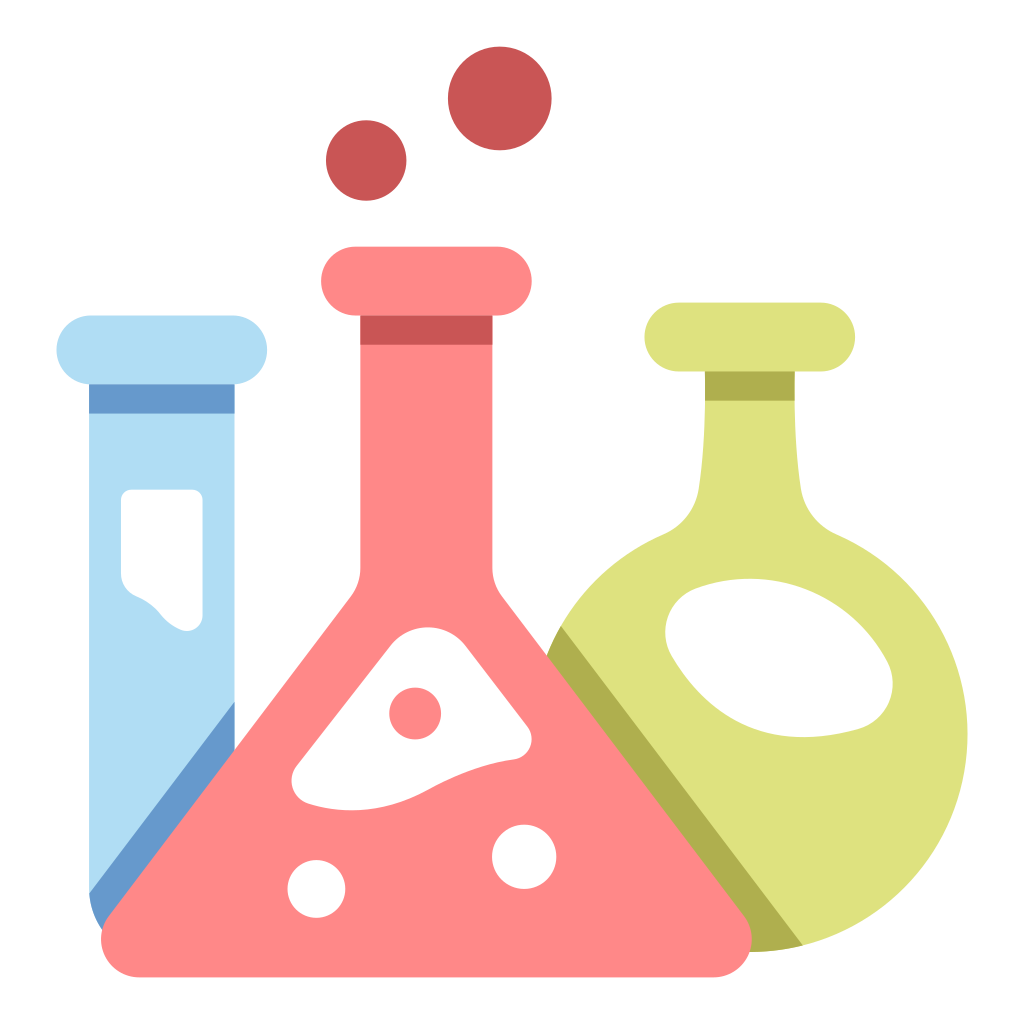e150 Caramel
Food additives in the category of synthetic colorants. They give a color from brown to black and they are allowed in any type of food. They can be found in some counterfit soy sauces, where, if the presence…
details
These food additives have been used for centuries to preserve food. For example salt (in meat, bacon or dried fish), sugar (in
marmalade) or sulphur dioxide (in wine).
Food additives can be derived from plants, animals or minerals or they can be synthetic. They are intentionally added to foods, to fulfil certain technological purposes. There are several thousand food additives in use, all of which are designed to perform a specific task, usually to make food more durable
or appealing.